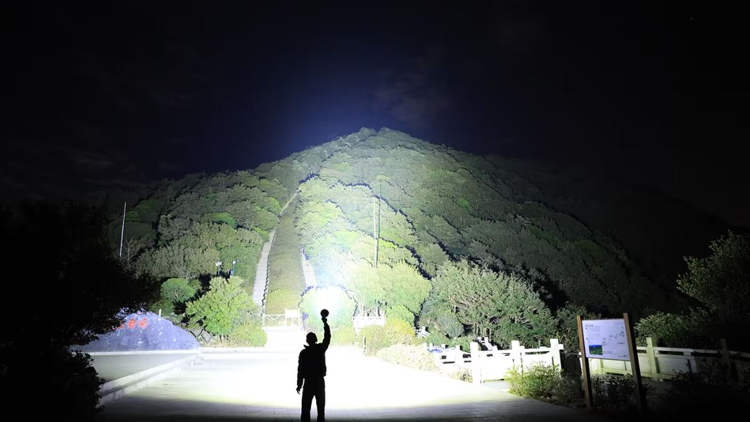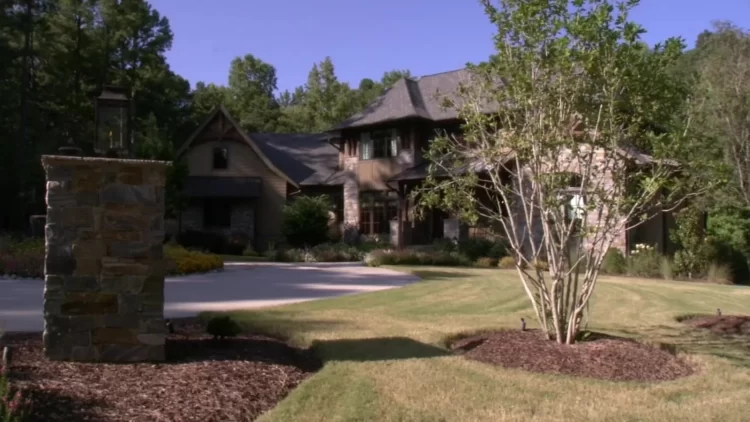Since the late 19th century, botanists at the Michigan State University have been collaborating on a single seed-germination experiment. Now in its 137th year, it is turning out to be the world’s longest recurrently monitored scientific study. It will end in the year 2100, which means most of us won’t even be around for the final result.
The world’s longest-running experiment started out in the fall of 1879, when Dr. William James Beal, a botanist, set-out to find a conclusive answer to the one question that farmers have been asking for centuries: How many times do you have to pull out weeds before they entirely stop growing back? Beal realised that to answer the question, he needed to work it out for real – by finding out exactly how long seeds could remain dormant in soil while still remaining viable.
So he devised an experiment that would, in centuries, provide the answer he was looking for. He put together a collection of seeds of 23 different plant types and decided to leave them dormant for years, before checking if they would still germinate. He placed 50 seeds of each variety in each of 20 narrow-necked glass bottles filled with moist sand, and buried them in a secret spot on the university campus.





















